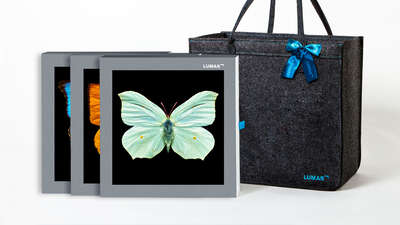
Conceptual Art
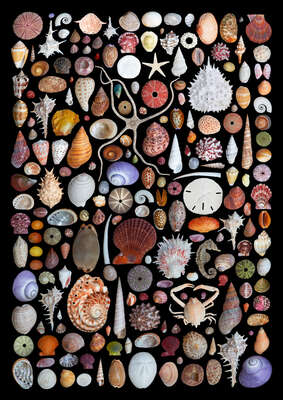



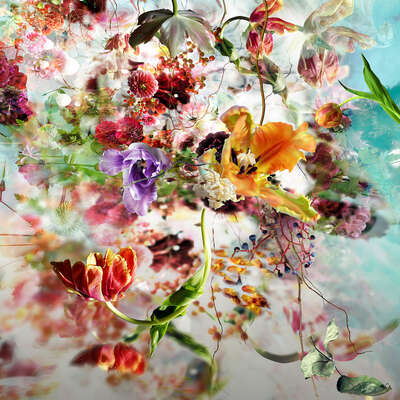





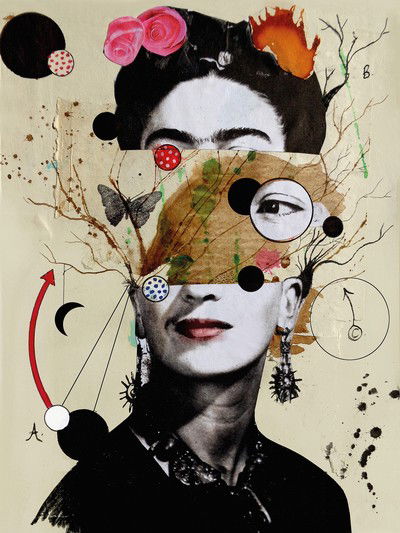

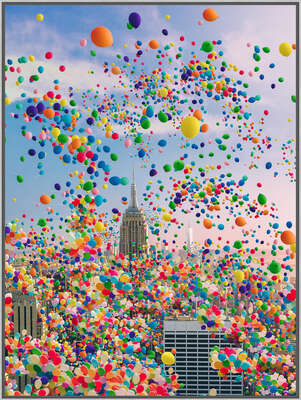

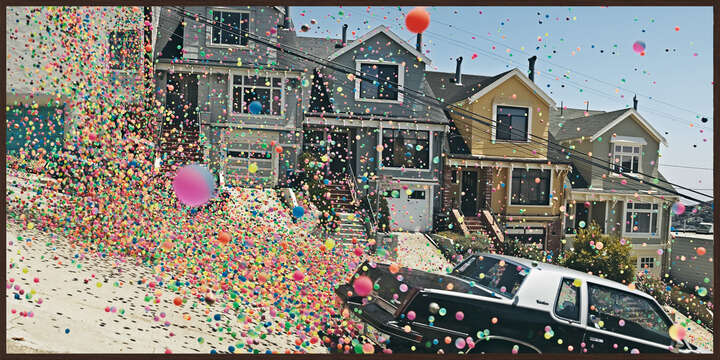
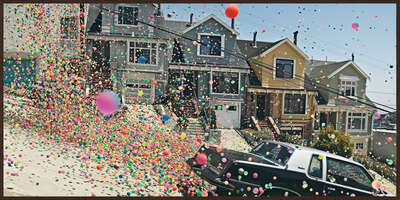
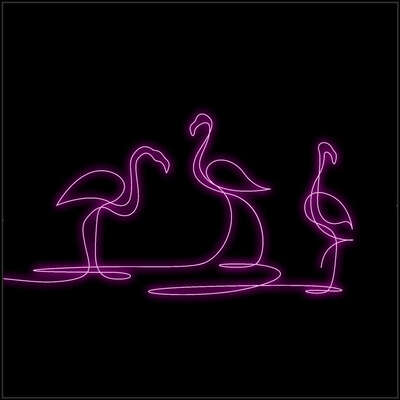

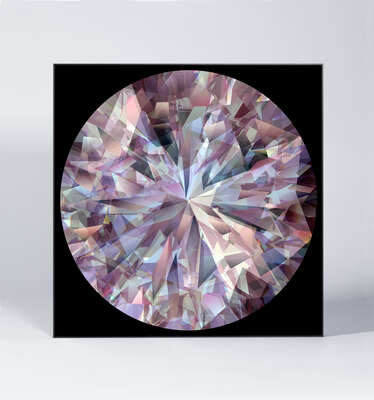

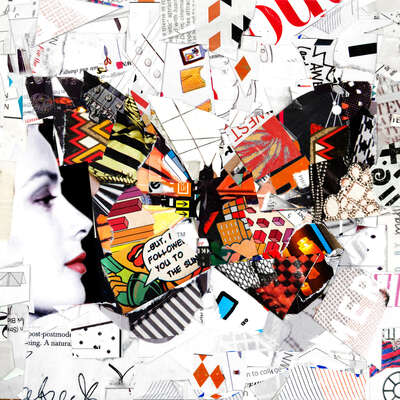

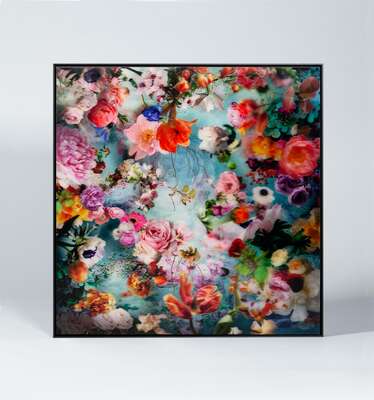



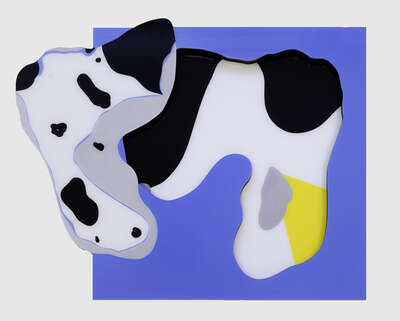

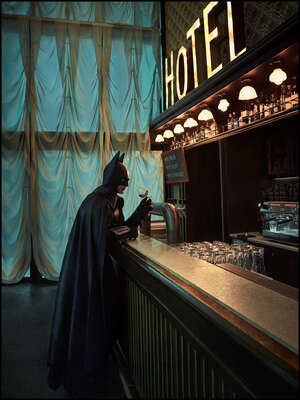

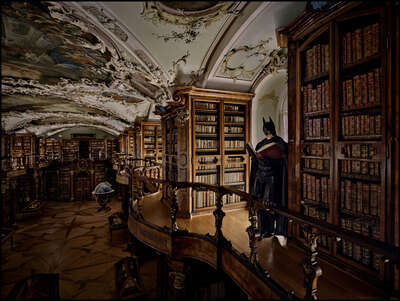

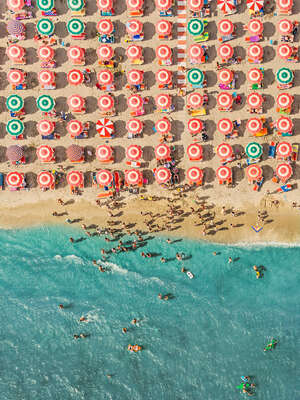

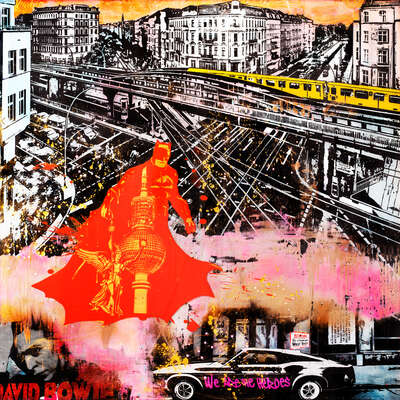



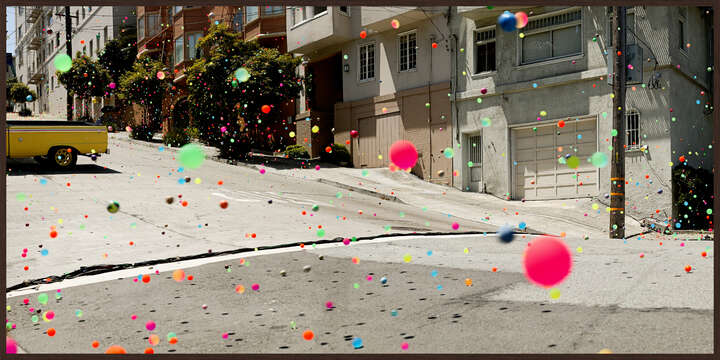

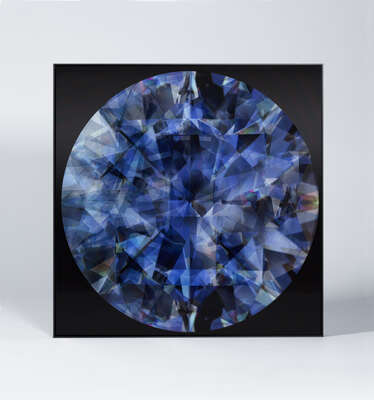

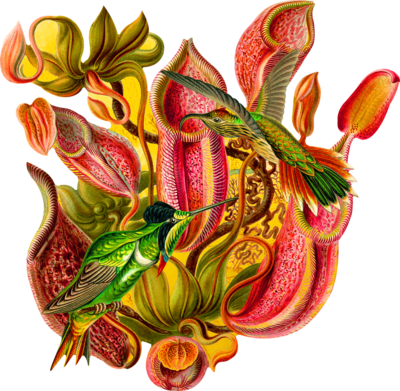

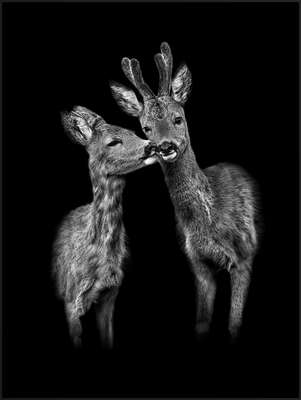



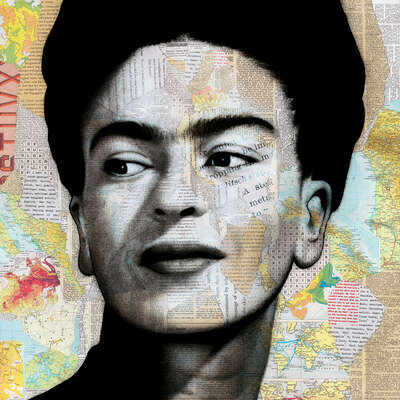

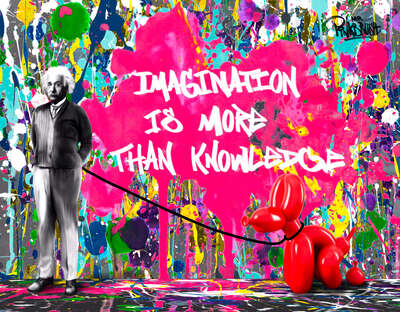

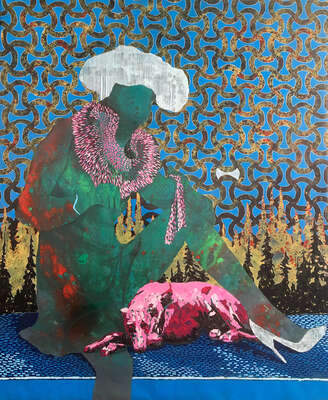

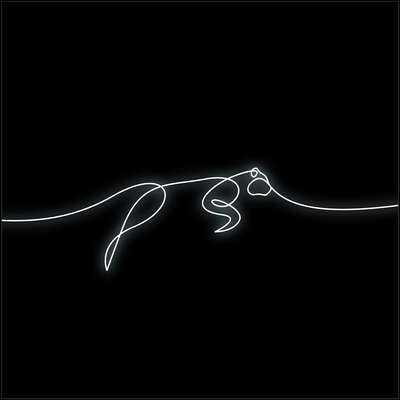

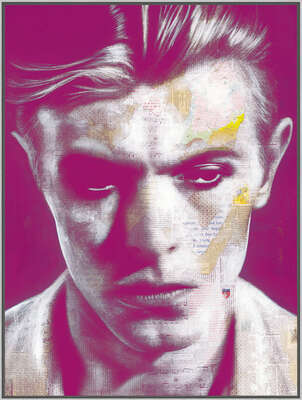

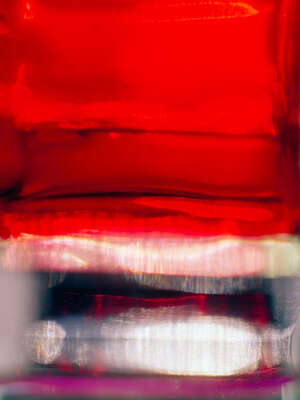

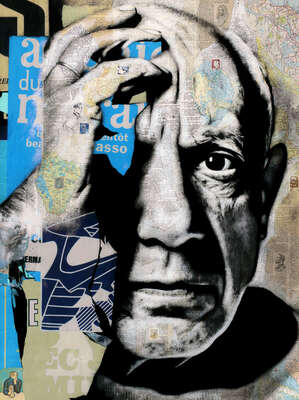

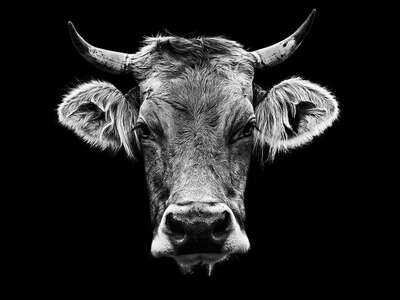

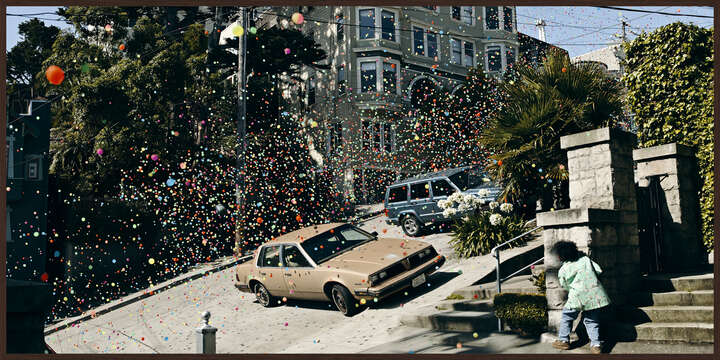
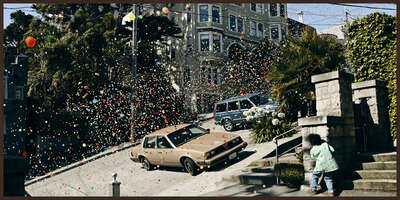
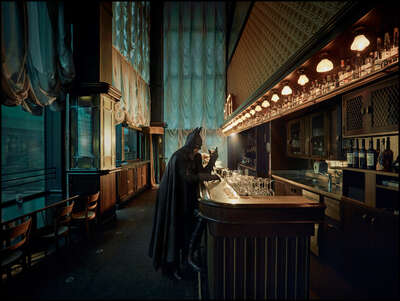

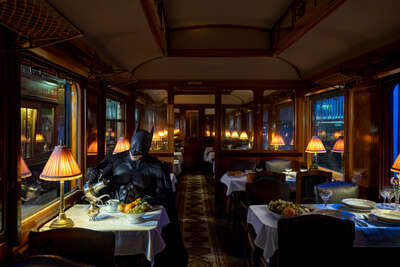

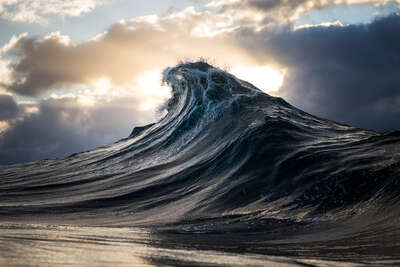

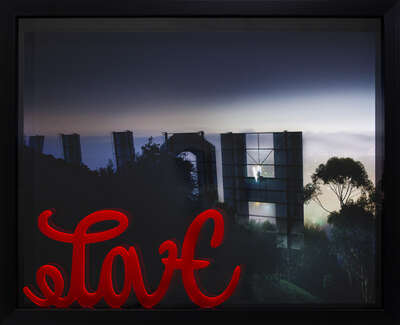

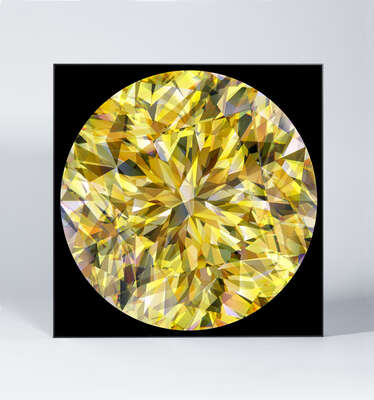

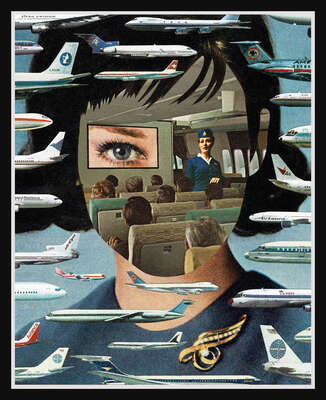

An Introduction to Conceptual Art
There is no one medium to which conceptual art refers. Instead it refers to work in photography, painting, writing, and installation-art which propagates and incarnates the notion that all art is at bottom the manifestation of a concept. Perhaps the most famous work of conceptual art ever produced was Marcel Duchamp's Fountain. In a 1969 essay, referring to the Fountain, the conceptual artist Joseph Kosuth declared that "art only exists conceptually", and therefore all artists, even despite themselves, were conceptual artists.
Like its affiliate movements in pop art or abstract expressionism, conceptual art has has long turned on ideas of reproducibility, infinity, numericality, and authorship. In today's visual vocabulary, conceptual art refers above all to temporary exhibitions consisting of throwaway objects, videos, or other arrangements which are present as "installations" in museums and galleries. Another very visible technique inspired by conceptual art is that of performance art, as in the work of Maria Abramović and Stelarc.
The most distinctive feature of conceptual art is perhaps this: that it invites the viewer to impose meaning on the artwork, the artist having ceded her sovereignty over its interpretation.
The History of Conceptual Art
Conceptual art first took rise as a distinct movement in the 1960's, within the current of anti-formalism which in various genres and media has come to be definitive of American high art. The phrase "concept art" was first coined by the artist Henry Flynt in a 1961 essay. He described an artistic form which was in the process of separating itsef from the traditional media and vocabulary of art.
The next major milestone in the history of conceptual art was Sol LeWitt's famous "Paragraphs on Conceptual Art," a several-page essay containing LeWitt's ruminations on conceptual art, submitted to the magazine ArtForum. LeWitt endeavored to lay down some of the parameters of conceptual art as he understood it at the time.
In his view, conceptual art presented a departure from the feedback loop between form and content (or "arrangement") in which traditional and modernist art consisted. Instead, conceptual art was oriented to the notion of the work of art as the manifestation of a concept, in which the execution of an artwork took backseat to its conception and to its planning as a reproducible design meant to enshrine the concept in the center. In LeWitt's words, "[t]he idea becomes a machine that makes the art". The concept here becomes the measure of the artwork: "Conceptual art is only good when the idea is good."
Conceptual Photography
Where most other types of photography are about capturing and rendering an object of perception, conceptual photography is at bottom about an idea.
The relationship of photography to conceptual art is at once difficult to circumscribe and of obvious importance for the history of conceptual art. In its essence, conceptual art takes off from insights about authorship, intentionality, and craft in an age in which art is reproducible, insights which were originally ceded by photography and printing.
Some conceptual artists working with photography did not lay stress on it as a discrete medium. Richard Long and Dennis Oppenheim, for example, used cameras to document their performances and ephemeral installations, without however giving a great deal of thought to the role of photography in their documentation. For them, photography was as simple as pen and paper, and had the same function. In fact, because of its popular status as a mode of documentation, photography introduced an element of subtle humor to their work, as it seemed to give it the fixity and importance of something out of a newspaper or textbook. This strategy was not uncommon among early conceptual artists. Performance artists and creators of temporary artworks often dissociated themselves from photography as a medium, while making abundant use of it to record their efforts.
Other conceptual artists like Ed Ruschka or Bruce Naumann used photography in the creation of artworks which depicted words, public spaces, and sculptural installations as part of larger conceptual meditations on meaning, language, and aesthetic coherence. These conceptual photographers, by making photography a central element in their artworks, broke away from contemporaries who were only leveraging photography in the service of what they understood the conceptual artwork to be, and inaugarated the mainstream use of photography in conceptual art.
Customers also search for: abstract photography | fine art photography
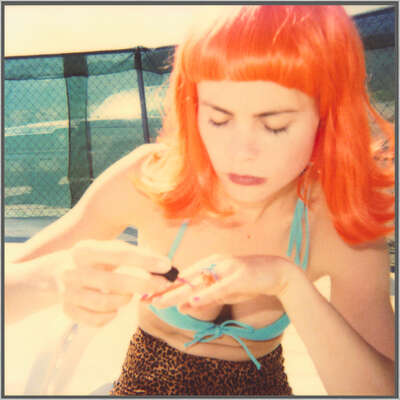
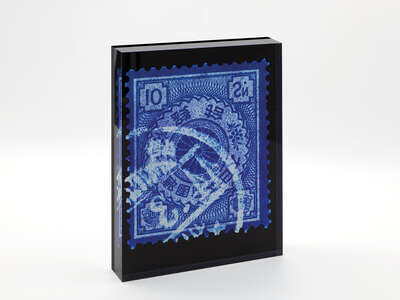

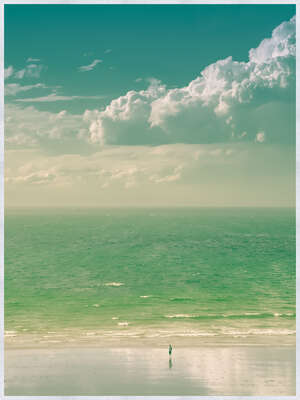
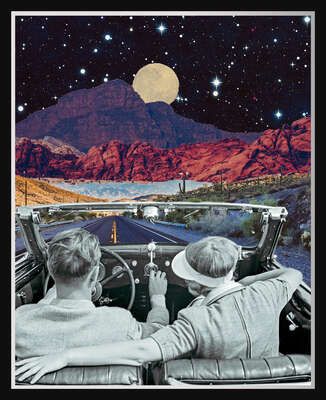
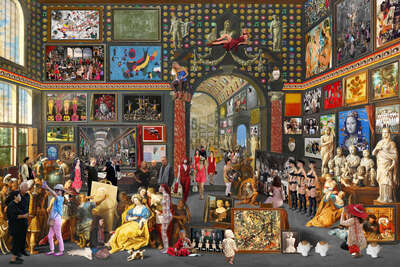

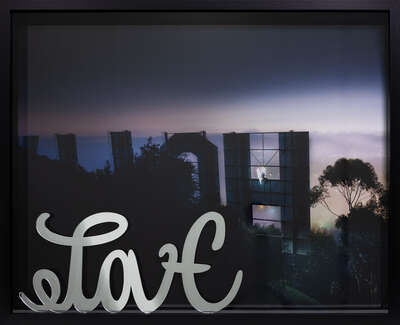
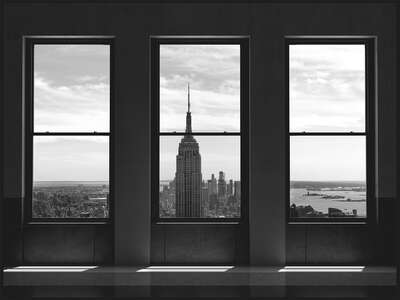
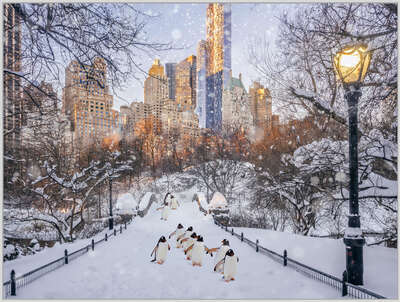
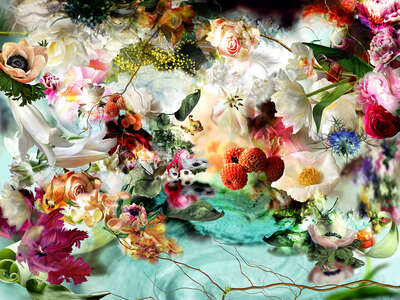
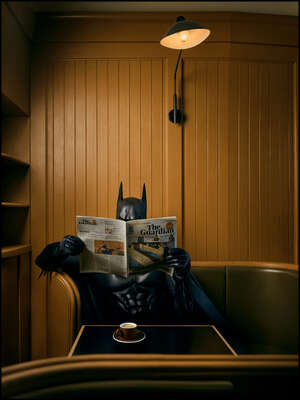
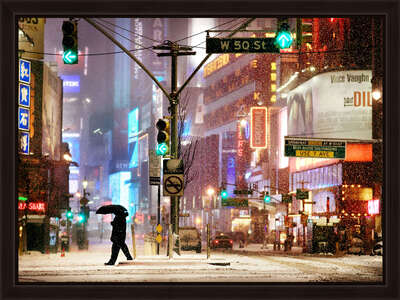
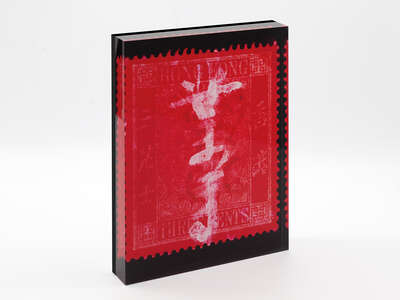
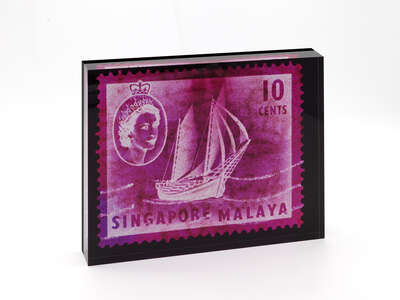


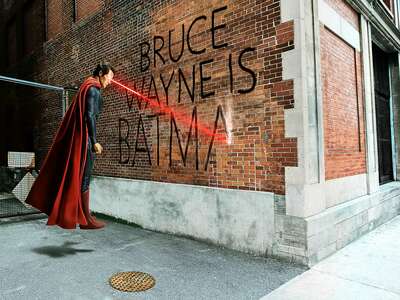
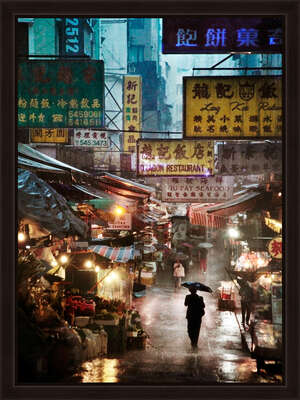
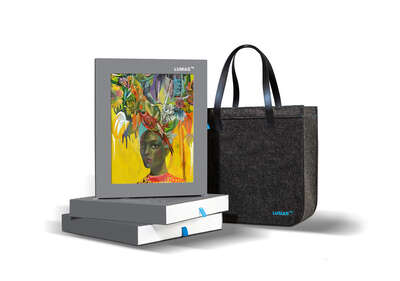
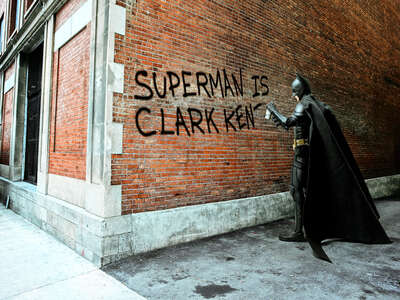

 No thanks, I would like to stay on this site.
No thanks, I would like to stay on this site. Yes, I would like to switch.
Yes, I would like to switch.